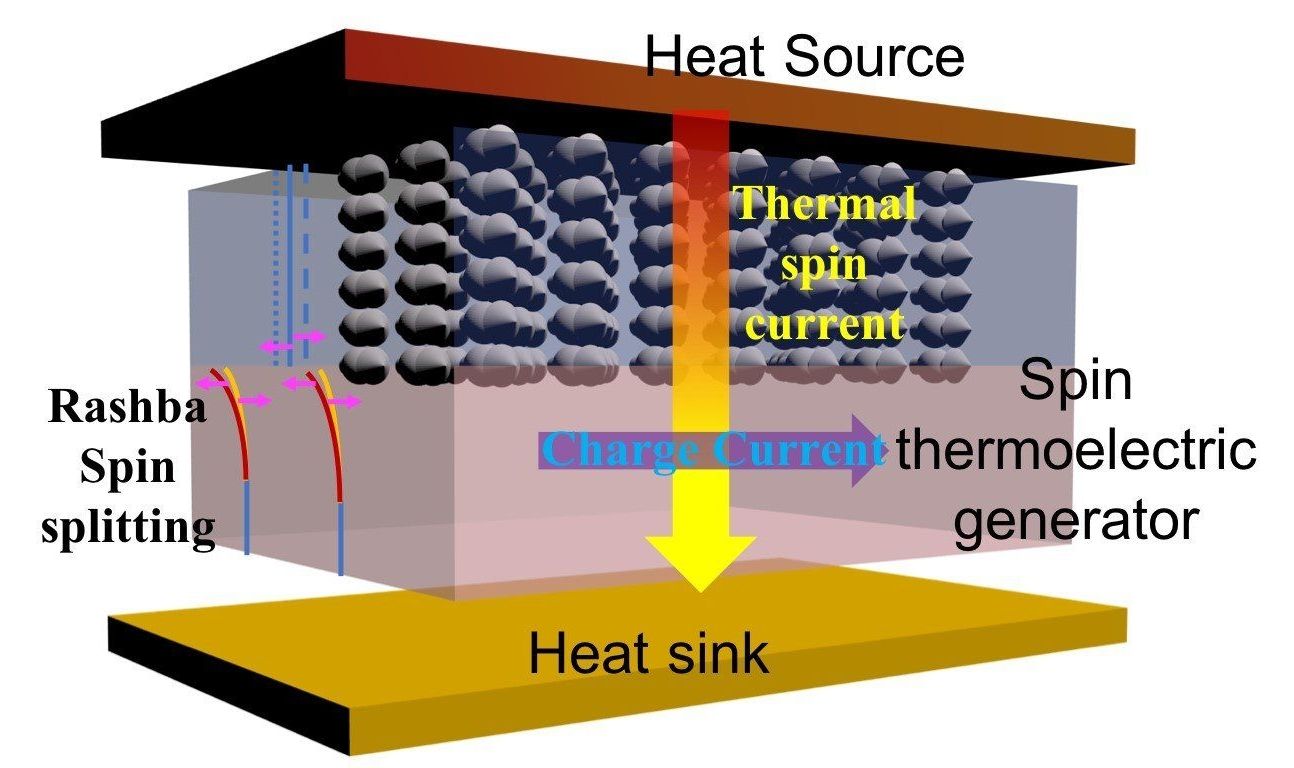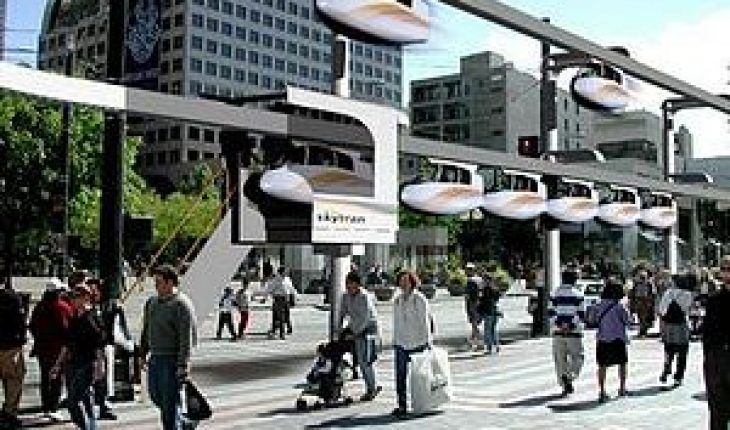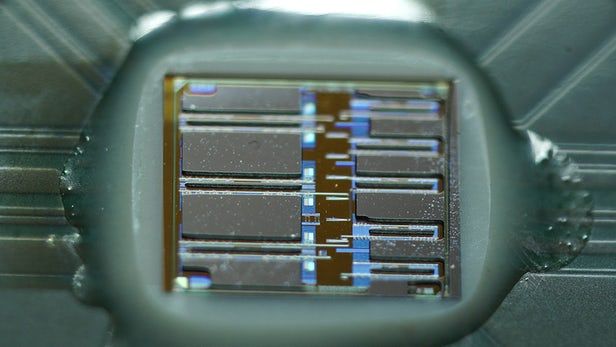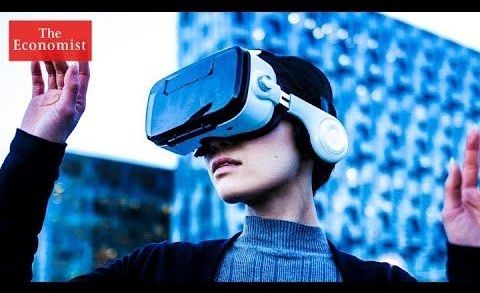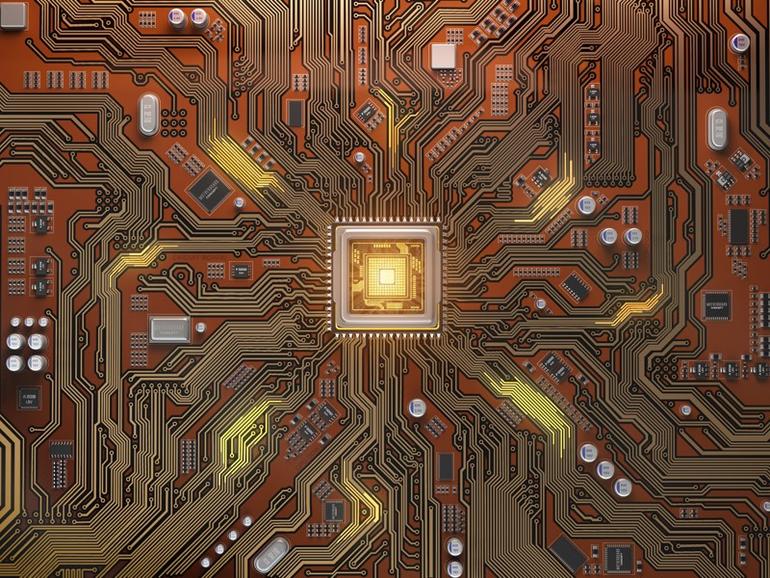Apr 11, 2018
Energy injustice? Cost, availability of energy-efficient lightbulbs vary with poverty levels
Posted by Bill Kemp in category: computing
Energy-efficient lightbulbs are more expensive and less available in high-poverty urban areas than in more affluent locations, according to a new University of Michigan study conducted in Wayne County.
U-M researchers explored disparities in the availability and price of energy-efficient bulbs by surveying 130 stores across Michigan’s most populous county.
They found that the cost to upgrade from a conventional incandescent bulb to a highly efficient light-emitting diode, or LED, was twice as high in the highest-poverty areas. At the same time, the price for less-efficient incandescent and halogen lamps (IHLs) decreased as the poverty level increased.



